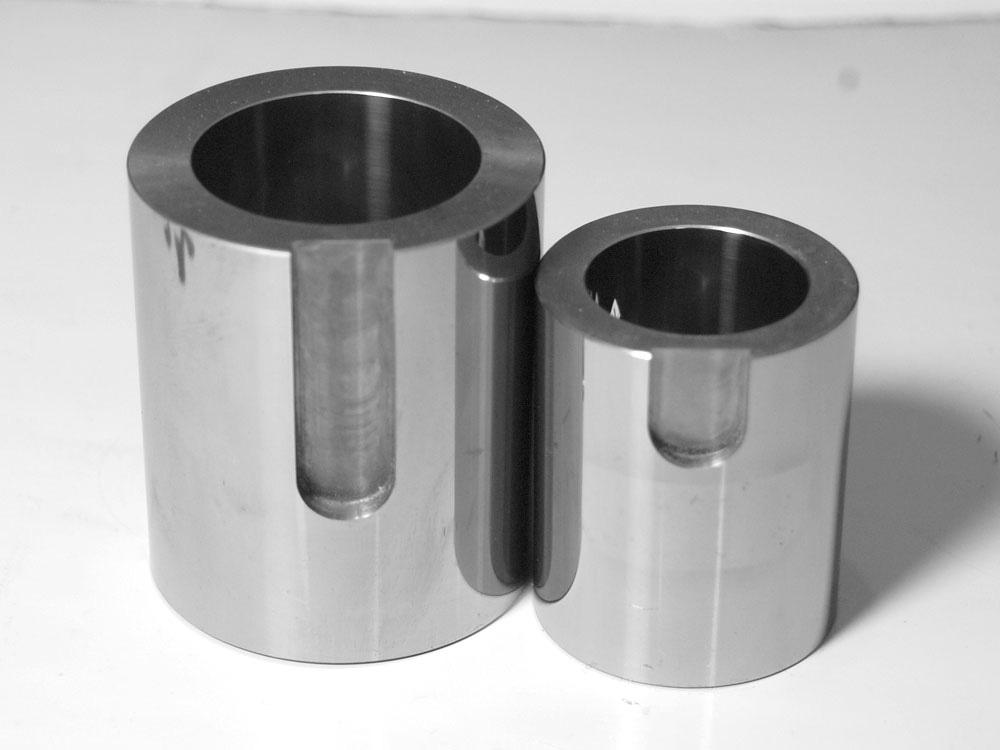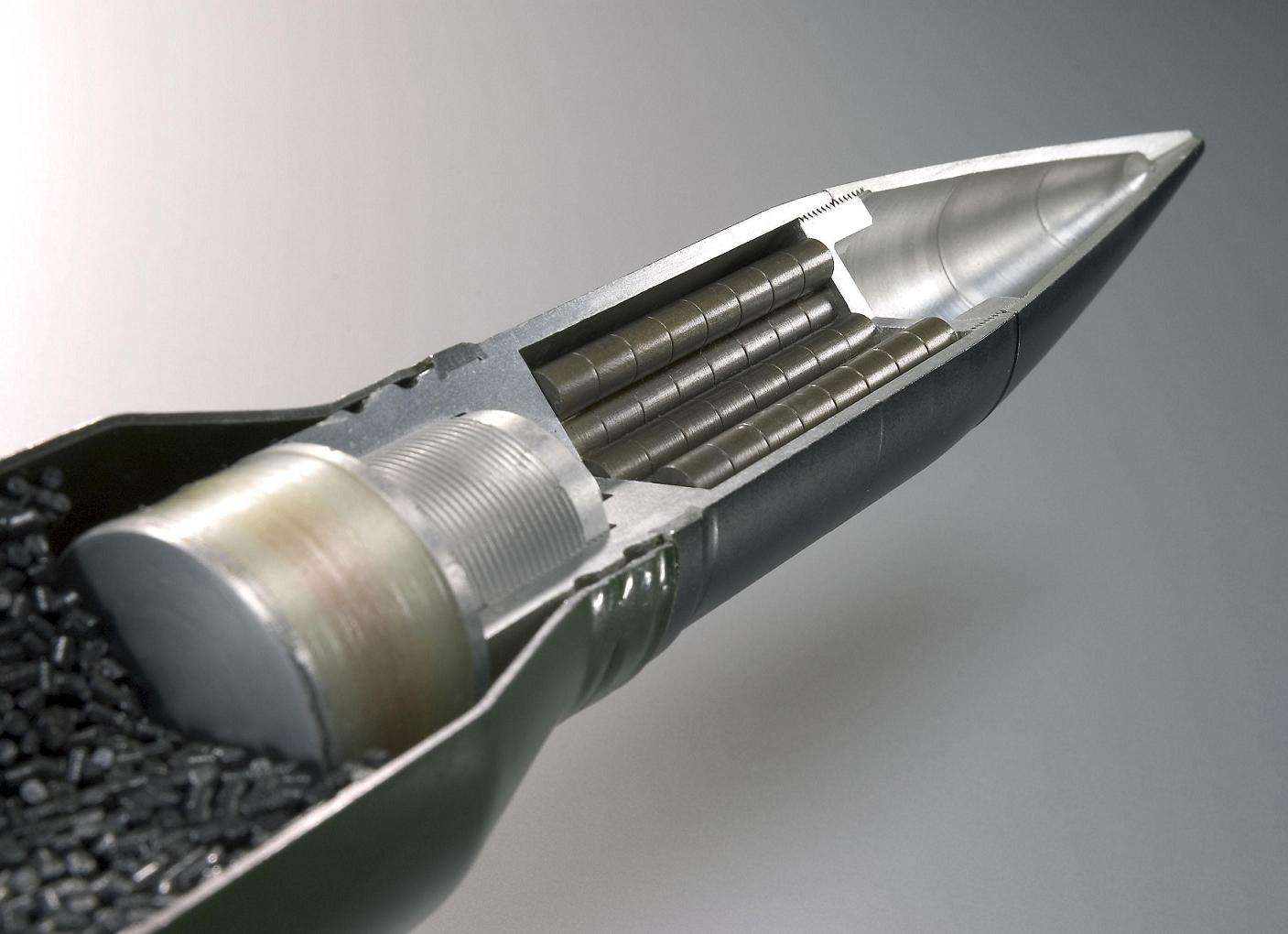
Tungsten is the most refractory metal with the highest melting point. A metal having a melting point higher than 1650 ° C and having a certain reserve and a metal having a melting point higher than the melting point of zirconium (1852 ° C) are called refractory metals. Typical refractory metals are tungsten, tantalum, molybdenum, niobium, tantalum, chromium, vanadium, zirconium and titanium. As a refractory metal, tungsten has the most important advantages of good high temperature strength, good corrosion resistance to molten alkali metals and vapors, and oxide volatilization and liquid oxides only when the temperature is above 1000 °C. However, it also has the disadvantage that the plastic-brittle transition temperature is high and it is difficult to plastically process at room temperature. The refractory metal represented by tungsten has been widely used in metallurgy, chemical industry, electronics, light source, machinery industry and other departments.
Tungsten is a rare high melting point metal that increases the high temperature hardness of steel and belongs to group VIB of the sixth cycle (second long period) of the periodic table. Tungsten is a silver-white metal that looks like steel. Tungsten has a high melting point, a low vapor pressure, and a low evaporation rate. The chemical properties of tungsten are very stable. They do not react with air and water at normal temperature. When not heated, any concentration of hydrochloric acid, sulfuric acid, nitric acid, hydrofluoric acid and aqua regia do not work for tungsten. When the temperature rises to 80°-100 At °C, among the above various acids, in addition to hydrofluoric acid, other acids have a weak effect on tungsten. At normal temperature, tungsten can be rapidly dissolved in a mixed acid of hydrofluoric acid and concentrated nitric acid, but does not function in an alkali solution. In the presence of air, molten alkali can oxidize tungsten to tungstate. In the presence of oxidants (NaNO3, NaNO2, KClO3, PbO2), the formation of tungstate is more violent. It can combine with oxygen, fluorine, chlorine, bromine, iodine, carbon, nitrogen, sulfur, etc. at high temperature, but not with hydrogenation.





